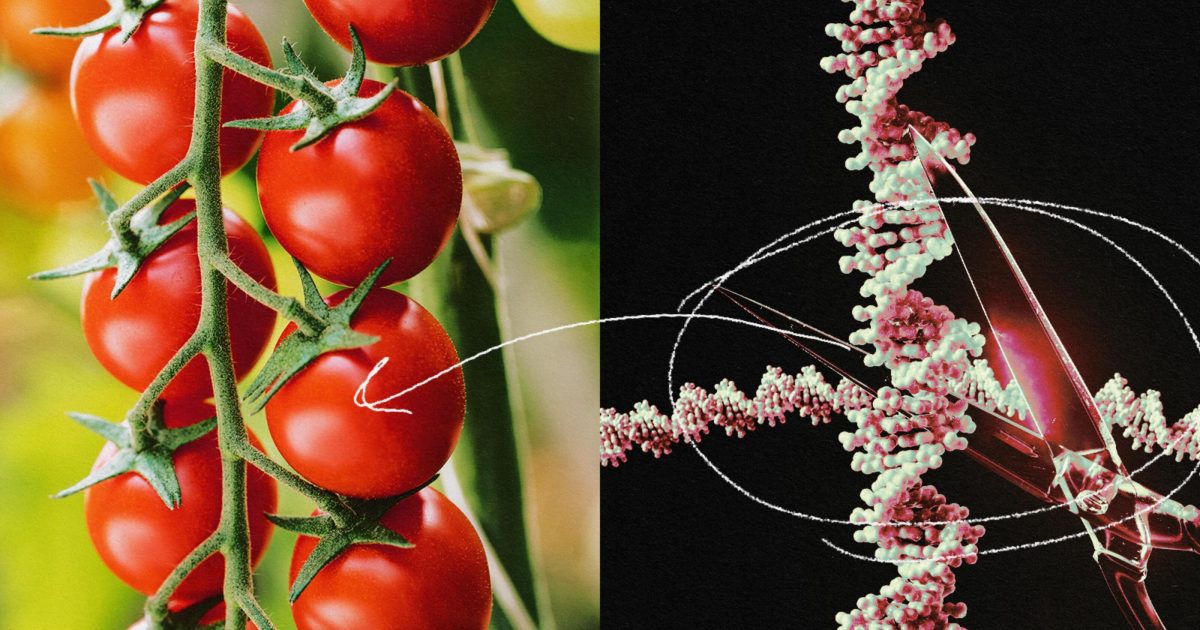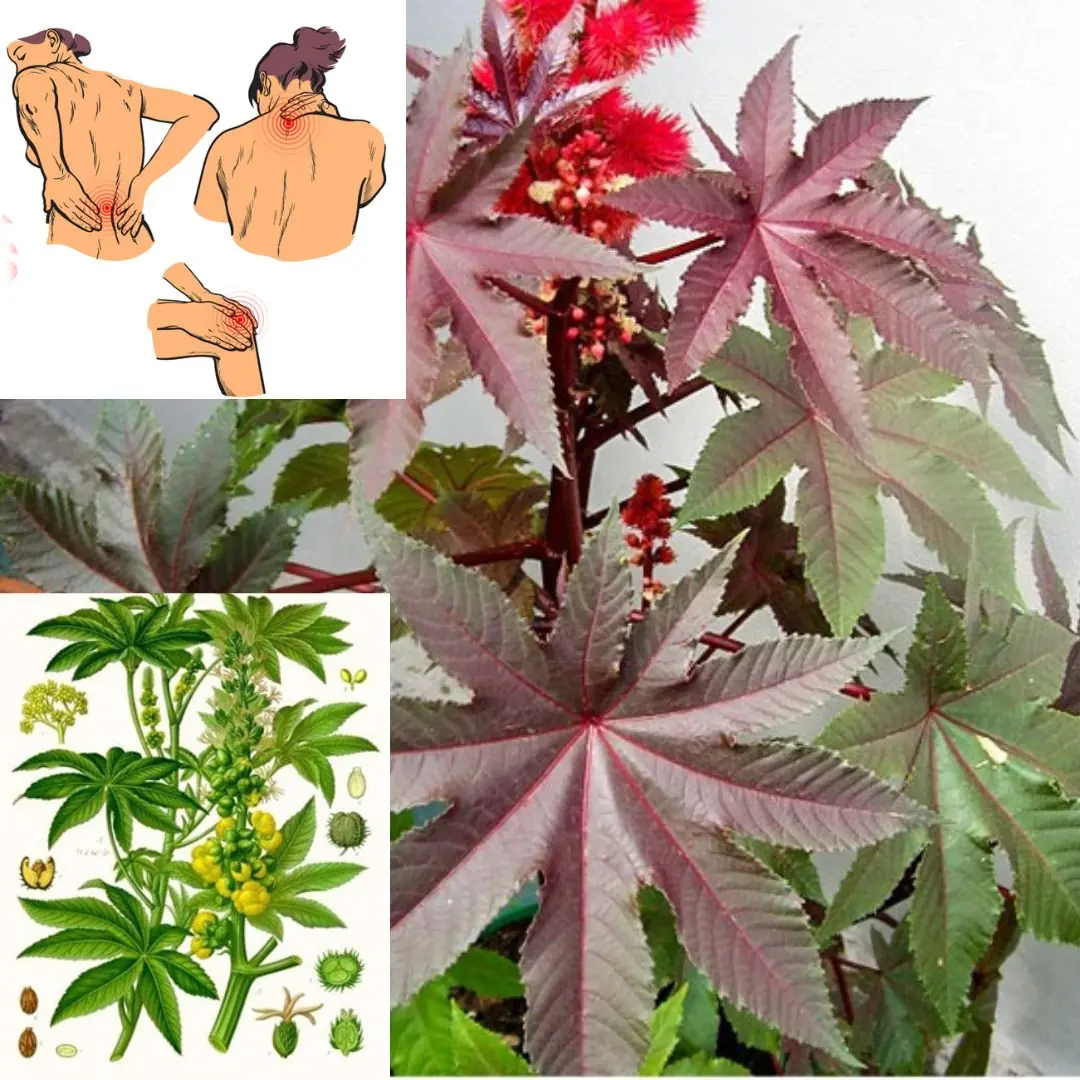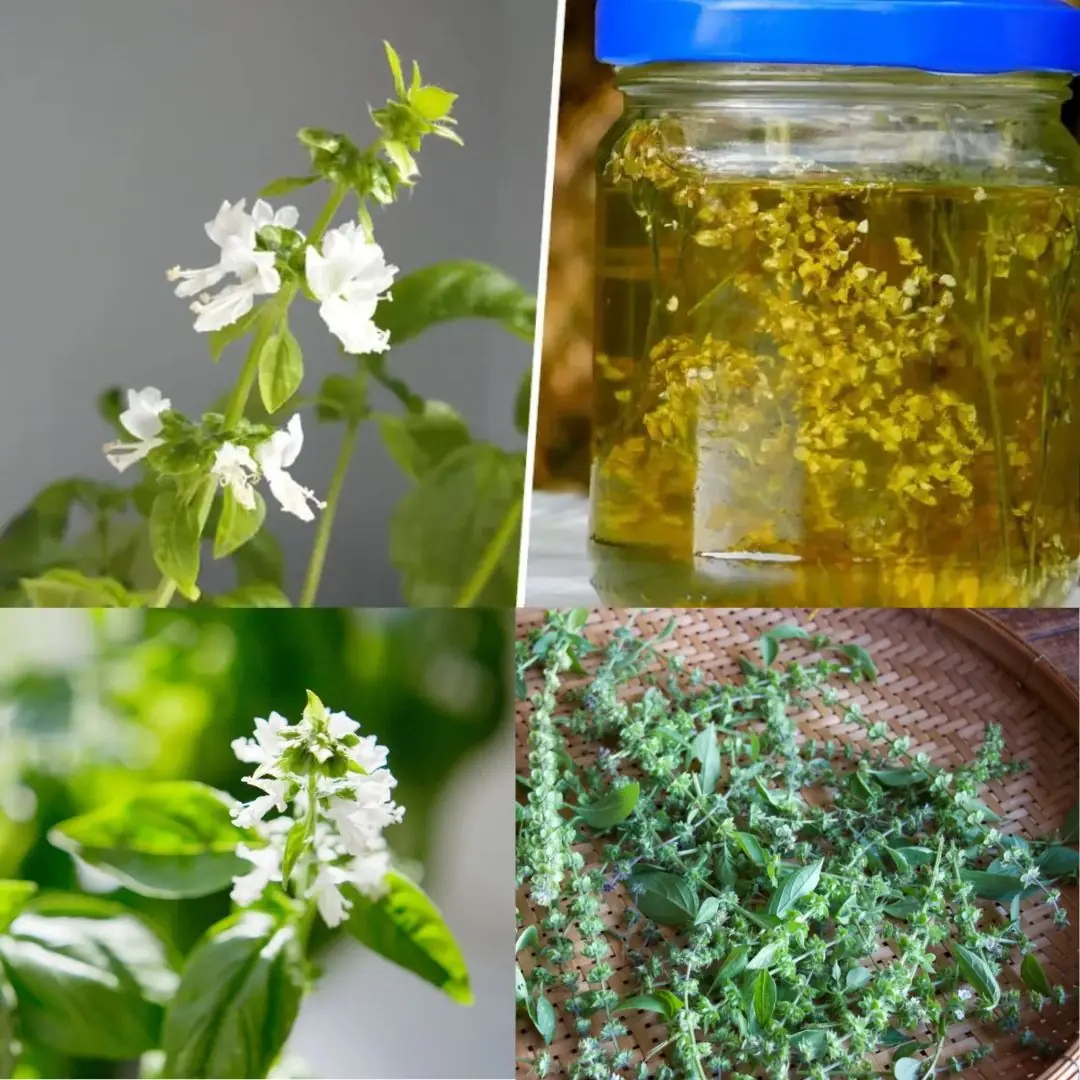
A Single Tomato Has Over 12,000 More Genes Than a Human
A Single Tomato Has Over 12,000 More Genes Than a Human

When we think about the complexity of life, it's easy to assume that humans, with our advanced brains and intricate systems, would have the most sophisticated genetic makeup. However, a surprising revelation from the field of genomics has challenged that assumption: a single tomato contains over 12,000 more genes than a human. This fascinating discovery raises questions about the complexity of plant life and underscores the hidden intricacies of the natural world.
The Tomato Genome: More Genes Than We Thought
Humans have approximately 20,000-25,000 genes, the instructions that govern our biological processes, from the functioning of our organs to our physical traits. At first glance, this may seem like a lot of information packed into our DNA. But when scientists sequenced the tomato genome, they discovered something astonishing. The tomato plant (Solanum lycopersicum) has around 35,000 genes—over 12,000 more than the human genome.
This revelation may seem puzzling at first. How can a relatively simple plant like a tomato possess more genetic information than a highly evolved organism like a human? The answer lies in the way different species use their genes. While humans rely on a smaller number of highly specialized genes for complex functions, plants like tomatoes have a broader set of genes that help them adapt to their environment in a variety of ways.
The Role of Genes in Plants
While humans use their genes primarily to control the development and functions of organs like the heart, lungs, and brain, plants like tomatoes use their genes to handle a range of environmental challenges. Tomatoes, for example, need genes that help them respond to light, temperature changes, soil conditions, and even threats from pests and diseases. Their genetic diversity allows them to adapt to a wide range of conditions, ensuring their survival and growth in diverse environments.
Many of the additional genes found in tomatoes are involved in processes such as photosynthesis, which converts sunlight into energy, or the production of secondary metabolites like antioxidants, which protect the plant from stress and damage. These extra genes help the tomato plant thrive in conditions where humans might not, and even allow the plant to produce fruit—something that requires a unique set of biological instructions.
The Importance of Understanding Plant Genomes
Understanding the tomato genome—and plant genomes in general—has important implications for agriculture and food security. By mapping the genes that enable tomatoes to grow, resist diseases, and produce fruit, scientists can develop more resilient and productive crops. This could lead to genetically modified tomatoes that are better suited to withstand climate change, pests, or diseases, ultimately improving food supply chains and reducing crop losses.
Moreover, plants like tomatoes have evolved over millennia to contain complex, highly specialized systems that allow them to thrive. By studying their genetic makeup, researchers can uncover valuable insights into how plants have adapted to their environment and how similar strategies could be applied to other crops or even to medical research.

Why Do Plants Have More Genes?
The reason plants like tomatoes have more genes than humans comes down to evolutionary history. Over time, plants have developed vast and complex genetic systems to adapt to their surroundings, while humans have evolved more specialized genes to manage the intricate functions of our bodies. Plants also benefit from having larger genomes, as they rely on a wider variety of processes to respond to changes in their environment.
For example, plants are stationary organisms that must respond to changes in their surroundings—such as fluctuating temperatures, varying amounts of water, and exposure to sunlight—by altering their biological processes. To do so, they require a broader range of genes that control everything from growth to stress resistance.
Conclusion
The fact that a single tomato has over 12,000 more genes than a human is a reminder of the complexity of the natural world. It highlights how plants, despite being seemingly simple organisms, possess remarkable genetic systems that enable them to thrive in diverse environments. While humans may have fewer genes, we are not necessarily more genetically complex—our genes are just specialized for the intricate functions required to sustain a highly developed organism. The study of plant genomes, like that of the tomato, continues to provide valuable insights that could shape future agricultural practices and even inform medical research. In the end, the tomato's expansive genetic toolkit serves as a testament to the diversity of life on Earth and the incredible ways that different species have adapted to their surroundings.
News in the same category


10 Cancer Warning Signs Women Often Overlook

Getting up to pee often in the night could be a symptom linked to heart failure, research says

Things That No One Ever Tells You About Being A Functional Alcoholic

Natural Remedies for Sore Throat and Infections: Detailed Recipes, Tips, and More

To Know If Your Internal Organs Are Infected, Just Look at Your Feet. If There Are 3 Signs, You Need to Go to the Emergency Room

Natural Remedies for Snoring: How Leaves Can Help You Sleep Better

The Incredible Health Benefits of Bitter Melon Leaves

Unlock the Secret Power of Guava Leaves: Transform Your Hair, Skin, and Health Naturally

Growing Organs from Your Own Cells

RESEARCHERS FIND CANCER UNDO BUTTON, TURNING TUMOR CELLS BACK INTO NORMAL CELLS

WHEN YOU DON'T SLEEP WELL, YOUR BRAIN LITERALLY BEGINS EATING ITSELF

Neurologist Reveals The Single Scariest Thing People Are Doing To Their Brains

15 Incredible Benefits of Castor Leaves for Men and Women Over 30

Whiten Teeth With Carrot Ends Brings Surprising Benefits You’ll Love

Rosemary contains a compound that can help fight Alzheimer's disease

Raw Garlic Before Bed? Here’s What It Does to Your Body!

8 Detrimental Effects Soda Can Have On Your Body

20 Early Warning Signs of Cancer You Should Never Ignore
News Post

One year ago: Discovering the Hidden Potential of Basil Flowers – Everything You Can Do With Them.

How dare you even touch the patient

My mother-in-law, who works with me, humiliated me in front of the entire office

The experienced doctor was only hired as a nurse after prison

If the future mother-in-law had known that the groom was from a wealthy family

She hadn’t even managed to say “I do!” at the registry office

Her mother-in-law opened the box, peered inside, and blushed

Quiet Ksyusha told all her husband’s relatives off with a few choice words

After the betrayal by his wife and his so-called friends

So, according to you, is it normal to rummage through a purse

Mom, you’re just a pauper!» Pashka shouted, slamming the door of his room.

Blind herbalist from a remote village lost her gift of speech

The terminally ill son of wealthy parents married a naive girl, and she took him

10 Cancer Warning Signs Women Often Overlook

Vera couldn’t take her eyes off the sign that read “Operating Room.”

Getting up to pee often in the night could be a symptom linked to heart failure, research says

Having arrived to visit her sister 30 minutes early, Vera dashed into the house and froze at what she saw.

Things That No One Ever Tells You About Being A Functional Alcoholic

Natural Remedies for Sore Throat and Infections: Detailed Recipes, Tips, and More
